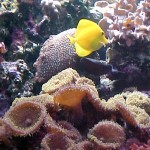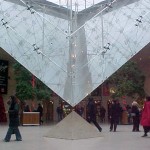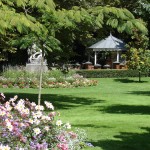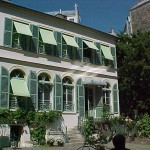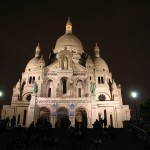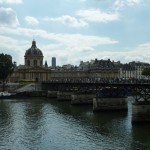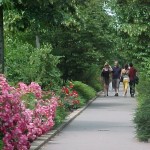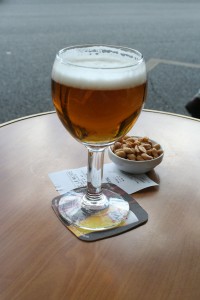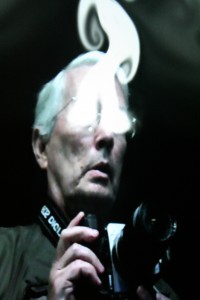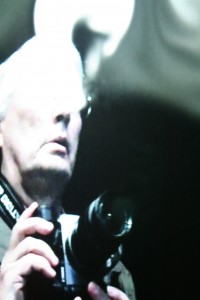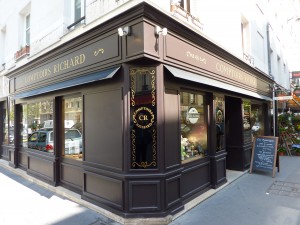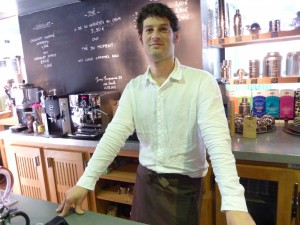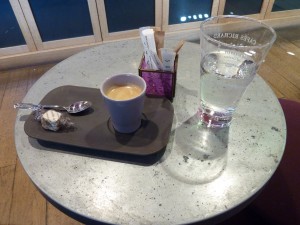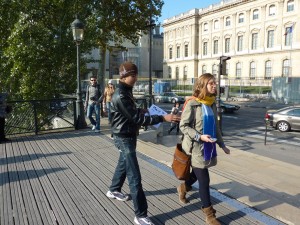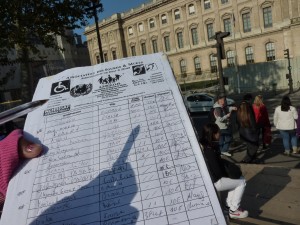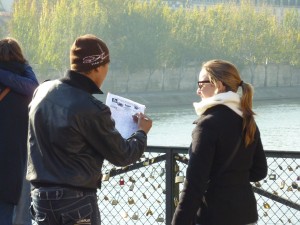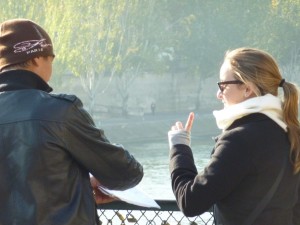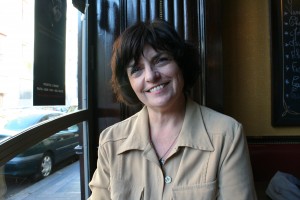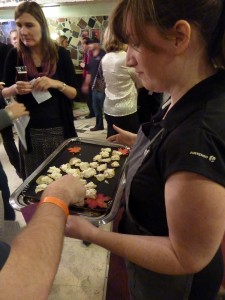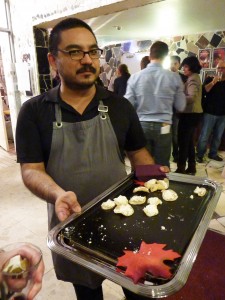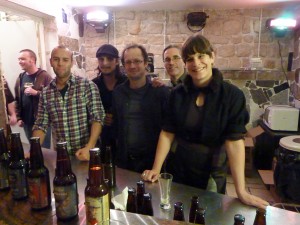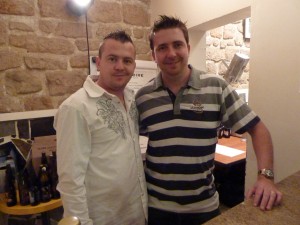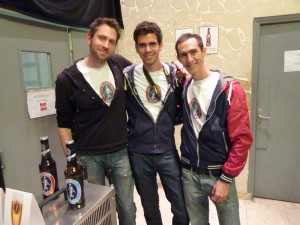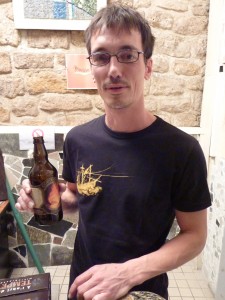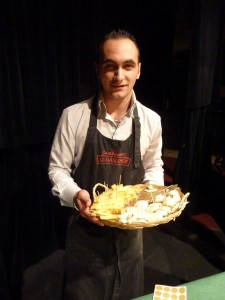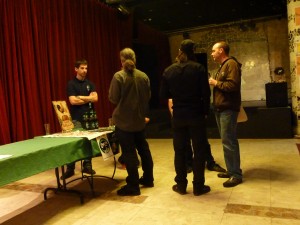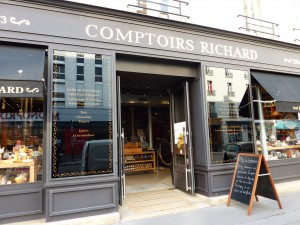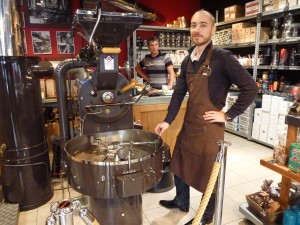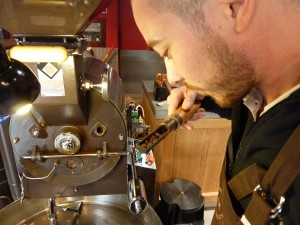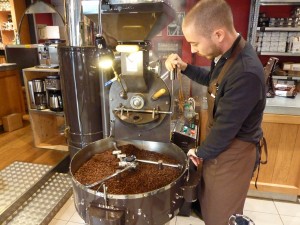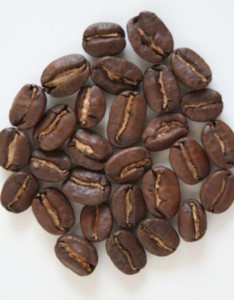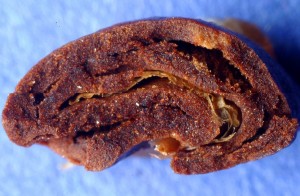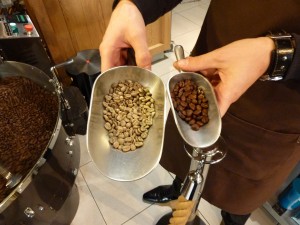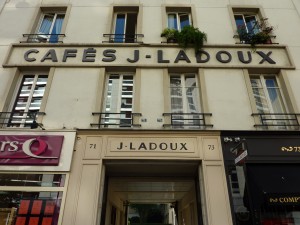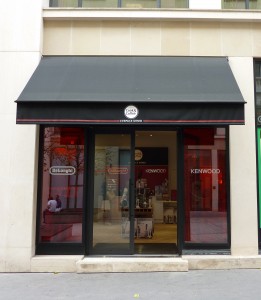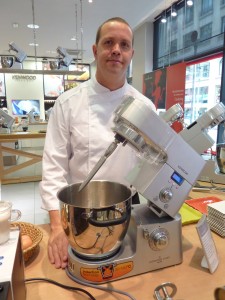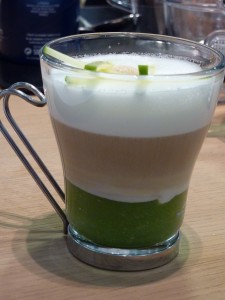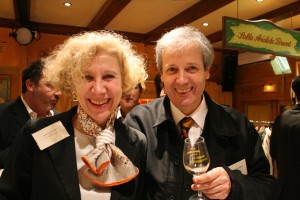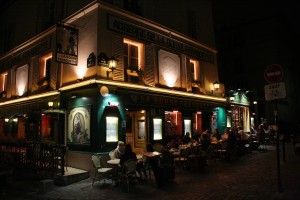We continue our report begun last Saturday on romantic spots for proposing marriage in Paris.
Aquarium de Paris Cinéaqua
Although typically a place for families, the recently remodeled subterranean Paris Aquarium has a certain appeal to romantics because of the stunning backdrop of the 43 aquariums, especially the “shark tunnel” that encourages deep snuggles while watching the monsters of the deep glide by just out of reach. Express your softer side by playing with the friendly sea creatures in the fresh water touch-pool and your brainy side by attending one of the informative talks while you’re building up your nerve for the moment of truth. The surrounding gardens provide a perfect place to stroll while, hopefully, you discuss future plans after your proposal has been gleefully accepted by your true love with the creatures of the sea floating by as your silent witnesses.
Next to the Inverted Glass Pyramid at the Louvre
For the couple embarking on the great matrimonial quest, there is no more symbolic place in Paris to declare your passions that in the spot made famous by The Da Vinci Code. Portrayed in the movie as the final resting place of Mary Magdalene, the inverted pyramid that lies within the Louvre is considered by some to be a holy place, especially when the prism-like pyramid breaks the lights of Paris into a thousand shimmering points of luminosity, filling the room with rainbows. With just the right timing you can add that magical touch that will bind your love like a Celtic knot. Regardless of the time of day, you can anticipate a proposal of mythical proportions.
The Luxembourg Garden
If you’ve been walking around Paris for days with your ring in your pocket, fretting for the perfect spot for your well-rehearsed plea for the fair hand of your beloved, be sure to include the Luxembourg Garden on your next walking tour. You worries will be over because the park holds so many delicious romantic spots to choose from that the biggest problem will be deciding which one! Even known to inspire the less prepared to propose on the spot, these beautiful gardens in the heart of the Left Bank have developed a reputation for helping shy lovers drop their fears and make the plunge. Just steer clear of the Medici Fountain—even though the statue of the two entwined lovers might seem just the place, the story of what happens to them at the hands of the jealous sheep herder Polyphemus is not really the kind of tale you want have associated with your plans for future bliss.
Musée de la Vie Romantique
If your intended is a liberated literary type with a penchant for the real-life romances of the writers of Paris, consider making your proposal on the small but charming grounds of the “Museum of the Romantic Life” that pays homage to George Sand—the lady author who had to suppress her feminine side to be published in less enlightened times. Since the days of the Restauration, this building has served as a hangout for some of Paris’ most esteemed artists. Several of them, most notably the famed composer Chopin and fellow novelist Jules Sandeau, were Sand’s lovers. Tenderly displayed in the museum are intimate objects that speak of her great passions. The quiet, shaded garden path that leads to the cobblestone courtyard provides an idyllic, secluded spot to go down on your knee to declare your unquenchable passion for the love of your life.
About the Author: Lela Lake is a life-long lover of Parisian culture who writes for HostelBrokers.com, the budget travel specialists. If you want to visit Paris yourself, check out HostelBrokers.com selection of Cheap Paris Hotels Paris.
Like our blog? Join us on Facebook!

